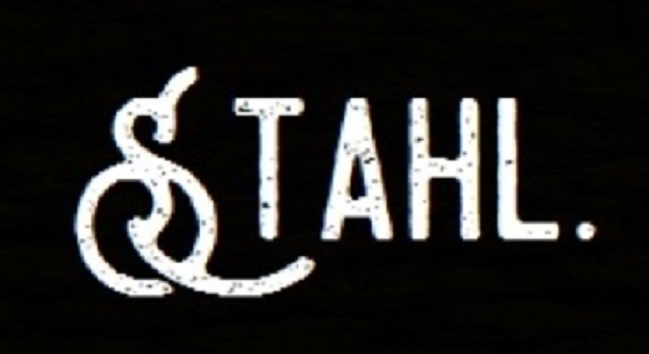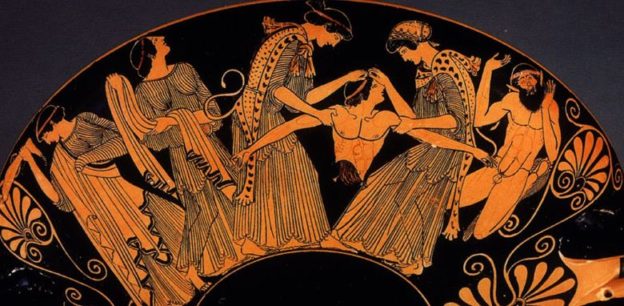On November 8, 2016, former businessman and reality televison-star Donald J. Trump won the 45th presidency of the United States of America. Being a white male of the age of seventy years, from early 2017 on, for at least four years, he will be the oldest ever elected president of the country. Recently, German historian Wolfgang Schmale gave an analysis of what Trump’s unexpected success does mean for the European Union in its state of crisis.
Globally, there have been many different forms of commentaries on Trump’s success, from very different angles, a large part of them harshly critical, some ‘celebrating’ the event. However, virtually all of them share the opinion that it was unexpected. Political and cultural discourses call it a ‘surprise’, ‘shock’, even a ‘catastrophy’ or the ‘dawn of a new era’. All of these political and cultural speech acts1 share the cultural narrative and tendencies of superlatives and ‘extremisms’ in giving an account of this event. The main question that arises from this is: what does that the mean for our future?
In this post, I try to reflect on this question, framing a possible way to an answer from the perspective of cultural history – more precisely, from the perspectives of the cultural history of Heavy Metal and European cultural history. (Of course) I have no definitive or concluding answer to this question; yet, I think comparing key cultural processes in Heavy Metaland the rise of Donald Trump offers us a view of striking structural similarities that are, somehow, the epitome of the early 21st century.
Paradox, ambivalence and the rise of the unexpected
At a first glance, it does not seem to make any sense to compare the Trump’s rise to presidency and the recent history of the culture of Heavy Metal. Yet, it does make sense, from a cultural-structural point of view. First, Trump’s political discourse is a cultural one of populism, hence, he is a figure of popular culture. And: Heavy Metal, since the 1960s and 1970s, growing bigger and more ‘mainstream’ since the 1980s, is a discourse in post-modern popular culture. Therefore, we can compare them, diachronically and synchronically, as fields of the production of cultural meaning.
Second, and this is my key argument of framing a possible way to a cultural-historical answer to my above question, there are striking similarities, even parallel structures in both histories- the history of Trumps rise to presidency since June 2015 and the cultural history of Heavy Metal’s way into mainstream and to scientific attention since 2014. I try to compare them from this point of view, not wanting to give a clear answer, but a framework of possibly coming to such one in the time to come.
On June 16, 2015, Donald Trump announced he would be running for president in 2016. In the primaries, he was one among sixteen other Republicans who wanted to become the United States’ new leader. Trump ‘celebrated’ and ‘conducted’ a very intense media campaign, and, by early 2016, the race became one between Trump and Ted Cruz, on the side of the republicans. Finally, in May 2016, the former businessman and reality television-star became the presumptive Republican canditate. All of this process, until the very event of hiselection, featured harsh debates, causing frictions in the candidate’s party and the country’s whole political culture.
Seen from a cultural historical point of view, this history between early summer of 2015 and fall of 2016, is strutured by two main features: (1) first, Trump’s rise to presidency has not been expected. (2) Second, the discourse revolving around the politician’s candidacy and final success, has been characterized (until this very day) by paradoxicalities and ambivalences. The United State’s cultural identy, stemming from the myths of its constitutional and overall history since the eigteenth century, sees liberalism, democracy, in short: the values of rational Enlightenment, as its core values.
Still, theses valuessuit the identity of U.S.-citizenship; however, Trumps campaigning and discourse turned this political upside down, too: his political style is one of focusing on emotions (patriotism, revenge on the ‘establishment’, xenophobia etc.), ‘machismo’ and the longing for the ‘the great leader’ solving the country’s suppossed problems. Despite this discourse, he was able to rise to presidency. So, America’s current political culture is one of paradoxes and ambivalence – and it became a popular culture, enshrining the medial axiomatics of populism.
Now, let us go to the history of Heavy Metal since 2014. As written in a previous post, the contemporary history of this subculture of music has been characterized by two main tendencies: first, since 2014, the history of Heavy Metal, and even its Extreme sub-genres like Death and Black Metal, more and more became part of cultural ‘mainstream’. It is, growingly, accepted as an own and ‘meritful’ way of perfoming art. Not only ‘big’ acts like Metallica are seen as key-figures of popculture, basically all of its culture is getting integrated into mainstream, as a form of the ‘current of tradition’. We only have to mention that German ‘Schlager‘ veteran ‘Heino’, before seen as an archetype of cultural conservatism, published a ‘Metal-style’ album in 2014.
Second, since 2014, Heavy Metal, and in many texts Extreme Metal, has gained a lot more of scientific attention. Since 2014, there is an own peer- reviewed journal, called ‘Metal Music Studies’ and, already established earlier, the ‘International Society for Metal Music Studies’. Not only, as had already been the case before, there are sparse monographs articel, but, as of today, there is a full-blown own discourse of Heavy Metal in science, Metal Music Studies. Growingly, it is seen as being ‘worth’ of scientific scholarship.
So, let us read this history of Metal Music since 2014 from a cultural-historical angle, focusing on its structural features. (1) First, its emancipation into mainstream, but, most of all, the full development of the discourse of an own scientific discipline of Metal Music Studies has not been expected. We did not see that come in science. (2) Second, these intertwining processes, Metal (and even Extreme Metal) getting integrated into the main currents of popculture and its identities produce structural paradoxicalities and ambivalences.
Up to 2014, Metal Music identiy was one of being a ‘rebel’, being critical of society or even of opposing society and its key discourses of popculture. This has changed fundamentally, being aware that even artists like ‘Heino’ enjoy Metal aesthetics. For ‘Metalheads’ this means essential paradoxes and ambivalence: they have to re-negotiate their cultural identity.
Framing the way to possible answers to today’s main questions: dealing with paradoxes and ambivalence as the result of the unexpected
Hence, suprisingly, the key question in American, European and global political (pop)culture and Metal Music is pretty much the same: we have to deal with the rise of the unexpected and to re-negotiate our identities in the light of new paradoxes and ambivalences. From a cultural historian’s point of view, the way to answer the question of how to deal with these unexpected histories could be the same: we have to find structural tactics, discursive strategies to perform new narratives and cultural texts that integrate the new ambiguity into a new identity. In a nutshell, Americans, maybe, coud learn a lesson from Metal Music and, vice versa, ‘Metalheads’ from American citizenship in a post-modern age.
Cf. Wolfgang Schmale, Gender and Eurocentrism. A Conceptual Approach to European History, Stuttgart: Steiner, 2016. ↩



1 thought on “Paradox, Ambivalence and the Rise of the Unexpected: What Do the Presidency of Donald Trump and Metal Music Have In Common?”